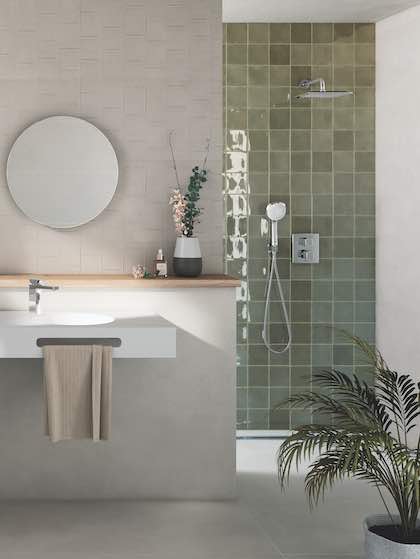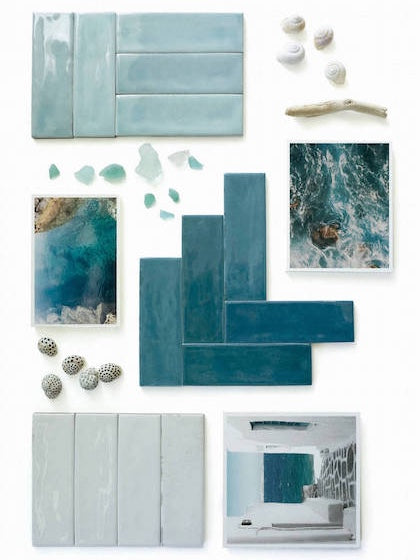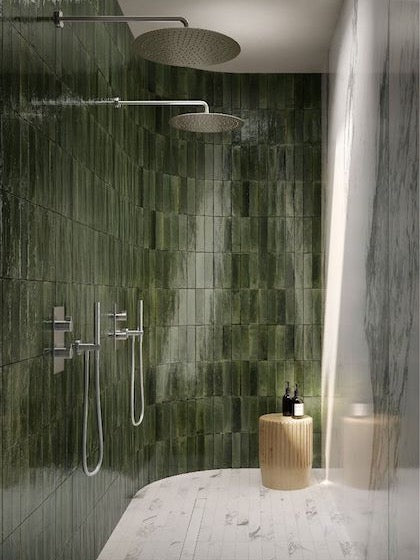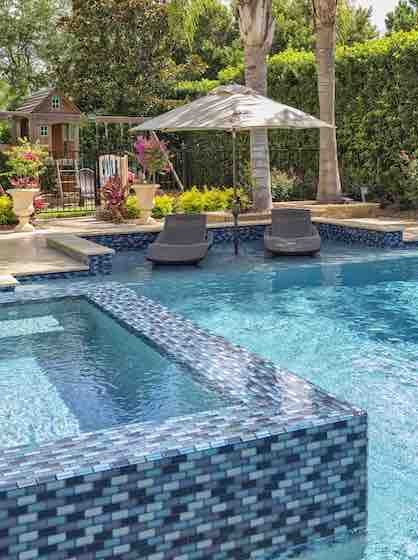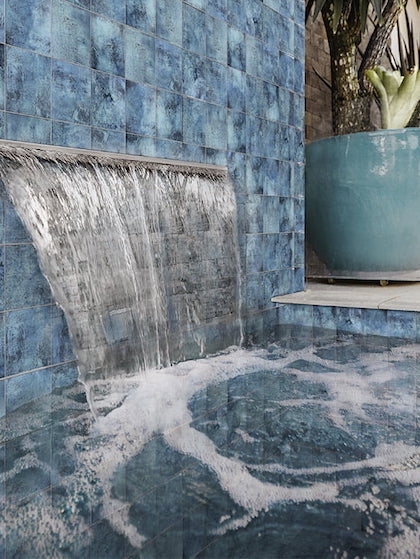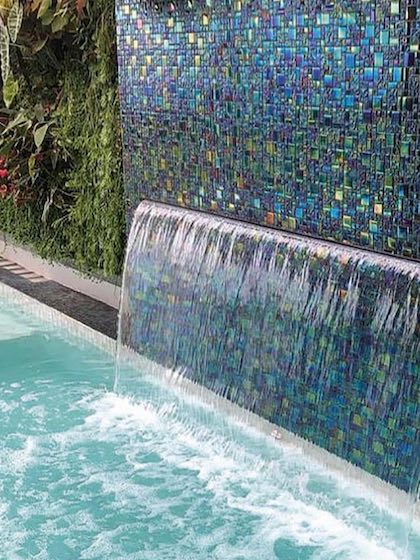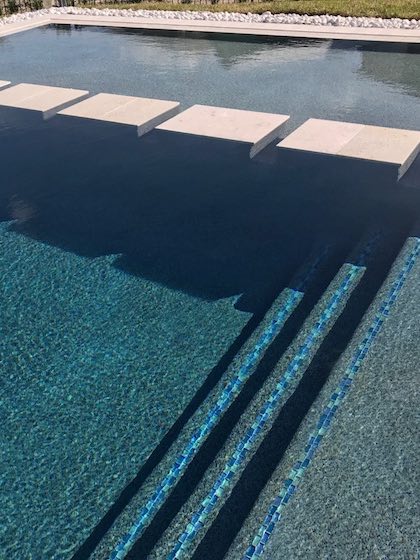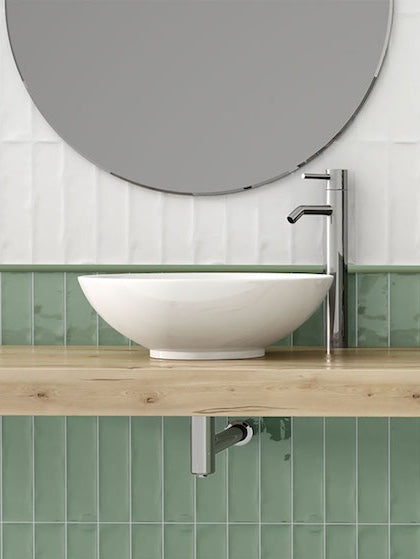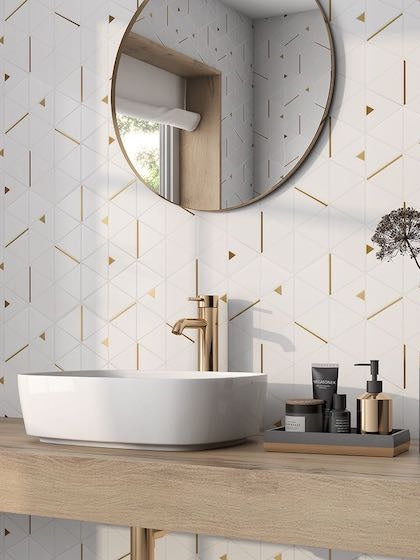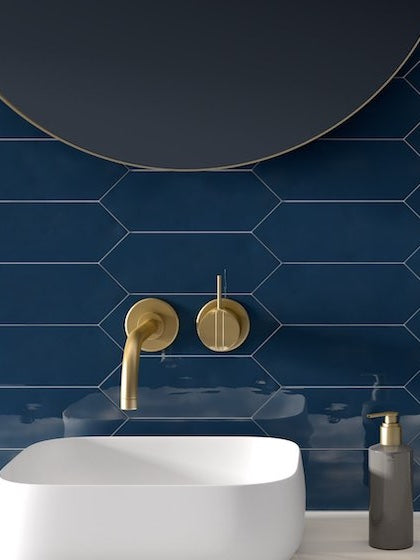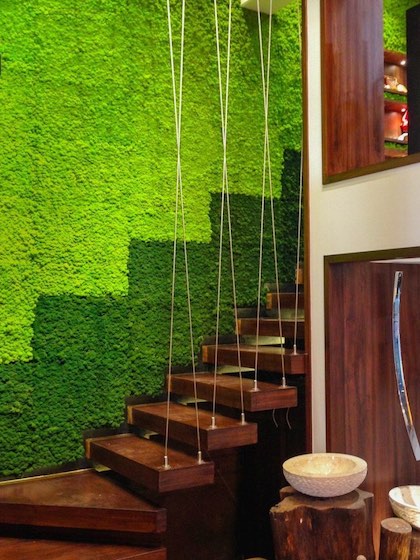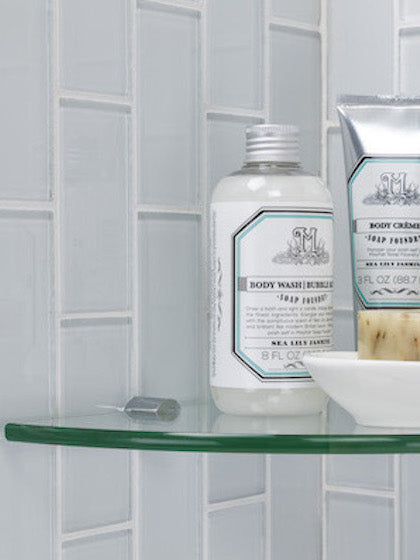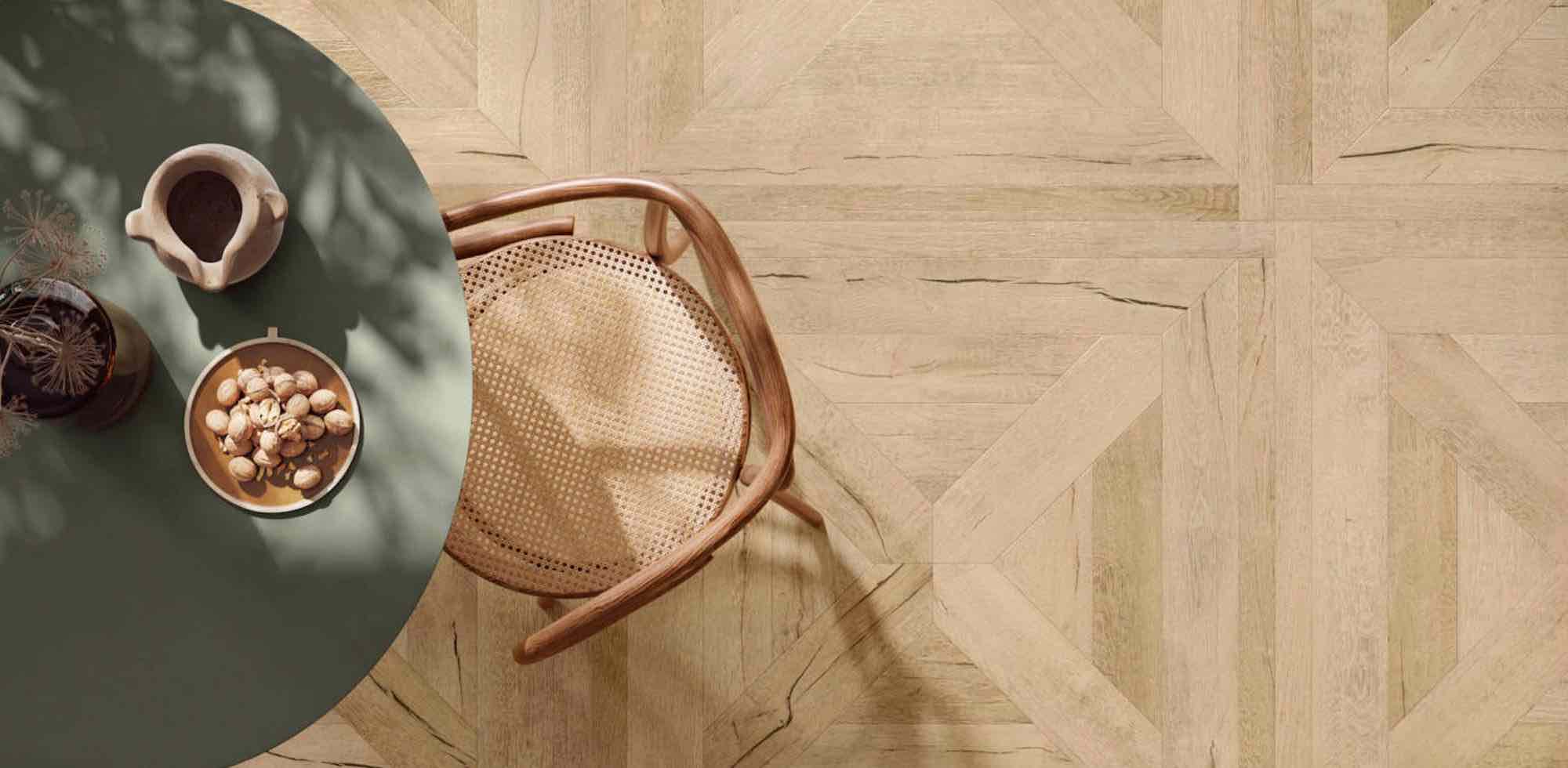Pebble Tiles
River Stone Pebble Mosaic Tiles can be used in an extensive range of interior and exterior design applications. Applications include foyers, bathrooms, fountains, water features, pools, driveways, pathways, kitchens, feature walls, fireplaces and entertainment areas.
During manufacturing, the pebbles are hand sorted into matching colors and sizes and glued onto mesh backing. The sheets of tile can be cut to any format and are flexible to allow contouring when necessary. It is normal to find occasional flaws, veins, and lines of separation within the pebbles. This variation is considered to be a desired feature in the product.
Curved Surfaces
Pebble sheets can be easily fitted around gently curved surfaces.
All substrates should be firmly fixed, flat, clean, dry and free of contaminants. Wet areas need special attention and require appropriate substrates, e.g. concrete, cement boards (compressed sheet), and treated plywood. The use of reinforced waterproof membranes is suggested. In the case of installation where drainage is required (i.e., shower floor pans or spas), there should be a slope-to-drain ratio of at least 1/2 inch per foot.
Waterproof membranes prevent leakage of water through to the sub-floor framing and or habitable spaces below. Particular attention must be paid to carrying the membrane up the wall, outside shower boxes, installation of bond breakers and sealing around penetrations. It is recommended that membrane systems be used in all wet areas, including exterior suspended decking. Some systems involve the use of a primer.
Follow the manufacturer's literature where it explains if the product is suitable for interiors and or exteriors. As well as walls and floors. A cement-based adhesive is suitable on masonry substrates where no movement is anticipated. Where slight movement could occur through thermal or pedestrian loads; a modified cement adhesive should be used as a minimum. It is important that each pebble is embedded in the adhesive. An appropriate notched trowel can be used to apply the thin-set to no more than one square yard at a time.
Grout should be suitable for joints up to 3/4 in width and designed for external or internal conditions that ever may be the case. Sanded grout is recommended for any grout joint larger than 1/8". Grouts are ordinarily water mix but where some flexibility may be needed, a latex additive or similar product should be used. It is important to wait the interval recommended by the adhesive manufacturer before grouting to minimize dirt ingress between the pebbles and avoid the opportunity for the dislodging of pebbles.
If you wish to leave the pebbles more exposed, you should constantly remove the excess grout from the joints with a medium bristle brush and sponge during the grouting process. It may be necessary to carve the excess grout from the edge of the pebbles with an appropriate knife.
To bring your application to its full potential, we suggest sealing BEFORE and AFTER grouting. Clear gloss or flat stone, non-yellowing professional acrylic grade sealants are available. There are various products available on the market; however we recommend contacting a home improvement store for the most appropriate sealer for your application. Always follow the manufacturer's recommended method of application.
River Stone Pebble Tiles must be often cleaned and maintained to extend the life and beauty of the tile. To clean, you can use a vinegar solution or a 10% hydrochloric acid solution with water applied with a stiff bristled broom. Alternatively, the pebbles can be cleaned with a neutral mild detergent. The porosity or water absorption in pebbles varies and therefore staining will occur in different degrees if the stone is unsealed. Consequently, any spills should be cleaned quickly to lessen the degree of the stain. When using acid, please ensure that all safety precautions are used. After sponging off, rinse off excess acid with a bucket of water or hose.

